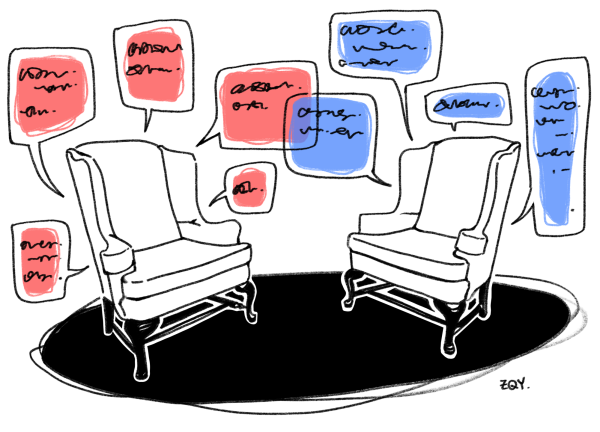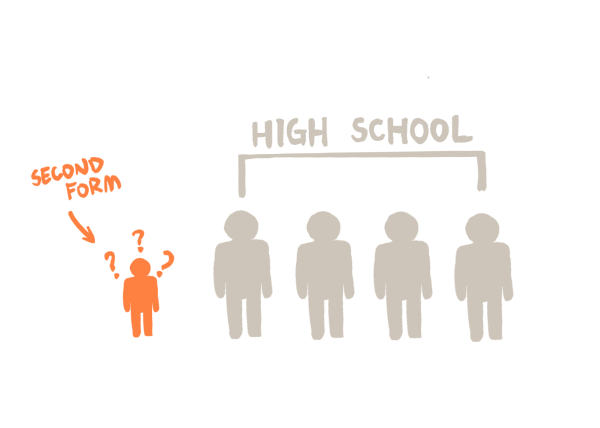Why The Freedom to Vote Act Was Doomed to Fail and Here’s What to Do Instead
From the January 6th Capitol riots to President Trump’s false claims of widespread voter fraud, the 2020 presidential election was a chaotic and challenging time for the US government and even the foundations of American democracy. But while the aftermath and tensions of these events gradually faded away, Republican lawmakers were proposing hundreds of voter restriction bills across the country. According to the Brennan Center for Justice, 425 bills have been introduced in 49 states as of October 4, 2021. Democrats have counteracted with their own voting reform bills, with the most recent and promising legislation being the Freedom to Vote Act (FTVA). But despite months of debate in Congress, the blanket solution the bill proposed likely doomed it not to pass.
Republican voter suppression efforts have posed a significant risk towards compromising the integrity of American elections and democracy. In a particularly well-publicized incident last year, Georgia passed a bill criminalizing handing out food or water to voters waiting in line, despite some waits of up to six hours or more. Sweeping voting restriction laws have similarly been proposed and passed across the nation during 2021.
The FTVA was the most recent voting reform bill by the Democrats counteracting Republican efforts to suppress voter turnout. It was the successor to the For the People Act, which was also blocked by the Senate and included a more lengthy list of Democrat interests. While the FTVA was designed to gain bipartisan support, it came into resistance with Republican filibusters in Congress early on. The new proposed legislation focused on three main factors: voter access, election administration, and campaign financing.
For voter access, the bill would have made Election Day a national holiday and required states to accept a wider range of voter identification methods. For election administration, the FTVA aimed to reduce partisan gerrymandering and to provide billions of dollars in cybersecurity grants. For campaign financing, the legislation would have required disclosure of large campaign donations and enhanced transparency of online campaign advertising.
While the FTVA was written with mainly bipartisan interests in mind – for instance, opposition to gerrymandering is nearly equally agreed upon across party lines – the all-encompassing bill proposed a heavy security burden on states, which Republicans likely resisted. For example, the FTVA would have mandated same-day registration for all states, which conservative think tanks, such as the Heritage Foundation, have argued would “make it easier to commit fraud and promote chaos at the polls” since election officials “cannot anticipate the number of voters, ballots, and precinct workers that will be needed.”
Given the slew of voting rights legislation that have failed to pass in Congress, as well as the recently blocked FTVA, the Democrats should take a more targeted approach towards election reform. The FTVA offered promising change to the problematic status quo, from encouraging greater voter participation to reducing “dark money” in campaign financing, but it remained an idealistic, overly ambitious piece of legislation. Instead, if the Democrats truly wish to solve the risk of voter suppression in the US, they should solve each problem one at a time, instead of introducing lengthy, exhaustive bills that will no doubt be more difficult to compromise on across party lines. Voter suppression is a critical problem to the US, a country founded upon the ideals of democracy and the people’s participation in governance. Therefore, a balanced, targeted strategy for election reform will likely produce more meaningful results.
Editor-in-Chief





